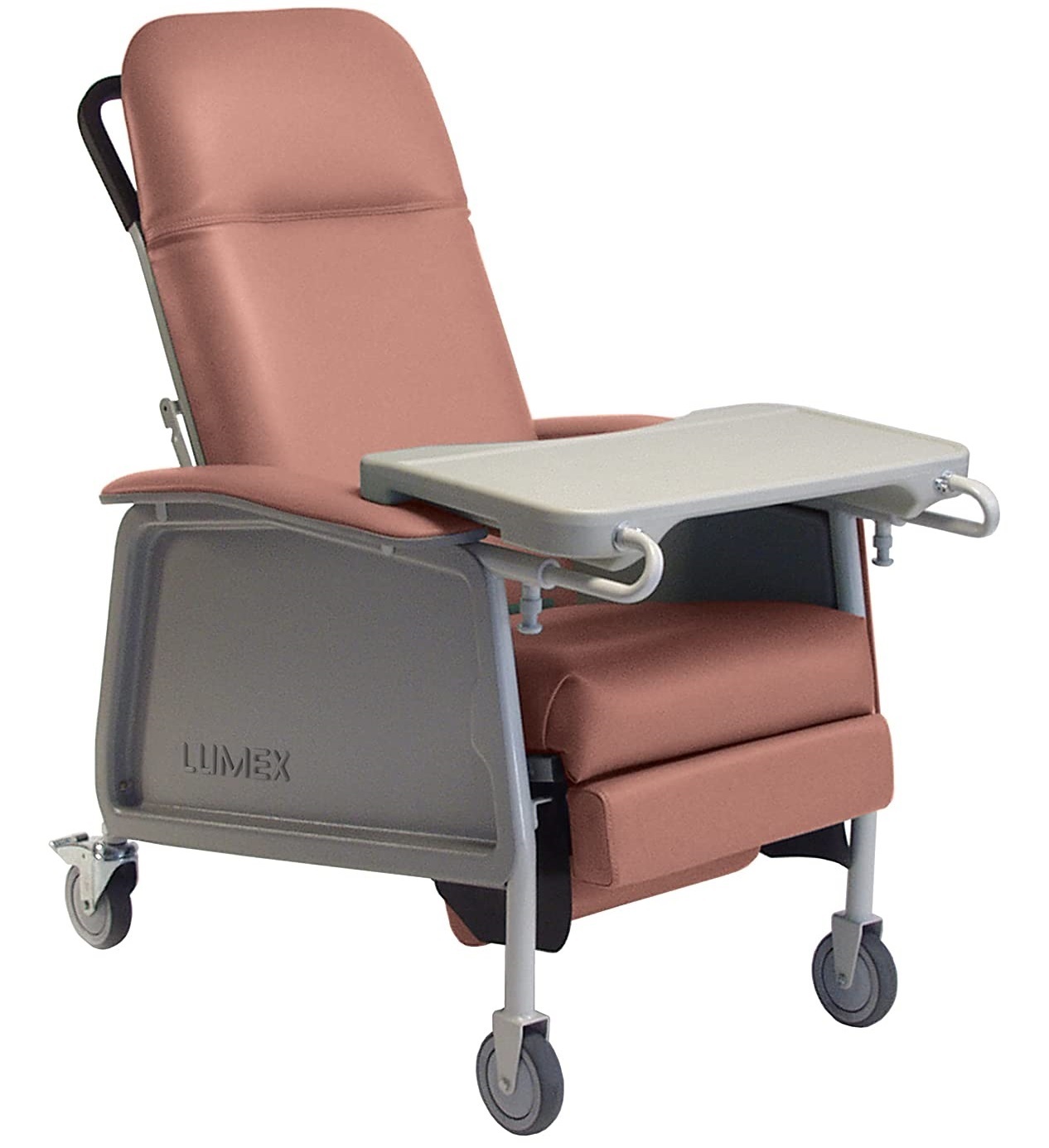Introduction: Elevating Patient Comfort in Healthcare Settings
In the realm of healthcare, patient comfort plays a crucial role in the healing process. Hospitals are increasingly recognizing the importance of providing comfortable and supportive seating options for patients and their caregivers. Among these options, hospital recliner chairs have emerged as a valuable asset, offering a host of benefits that enhance both patient comfort and caregiver convenience. In this article, we delve into the various advantages of hospital recliner chairs and their role in promoting comfort, care, and well-being in healthcare settings.
Enhanced Comfort for Patients: A Restful Retreat
For patients undergoing treatment or recovering from illness or surgery, spending extended periods in a hospital bed can be uncomfortable and tiresome. Hospital recliner chairs provide a welcome alternative, allowing patients to rest and relax in a more comfortable and supportive position. With adjustable reclining features, patients can easily find their preferred angle for sitting, reclining, or even lying flat, helping alleviate pressure points and reduce discomfort. The ergonomic design of hospital recliners ensures proper support for the body, promoting better circulation, reducing muscle strain, and minimizing the risk of pressure ulcers—a common concern for patients with limited mobility.
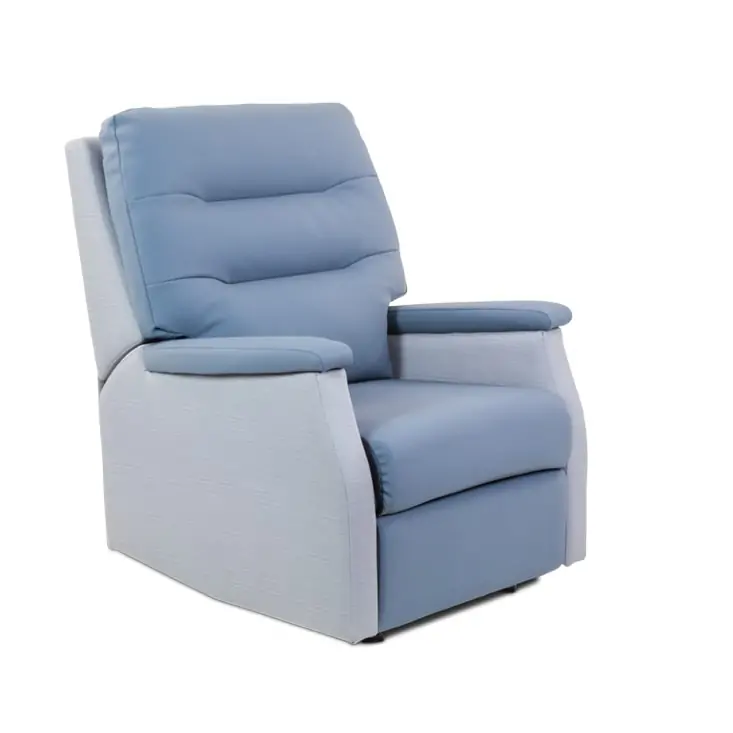
Promoting Mobility and Independence: Easy Access and Movement
One of the key benefits of hospital recliner chairs is their ability to promote mobility and independence among patients. Unlike traditional hospital beds, which may restrict movement and limit access to the surrounding environment, recliner chairs offer greater freedom of movement and accessibility. Patients can easily transition between sitting, reclining, and standing positions with minimal assistance, empowering them to maintain their mobility and independence during their hospital stay. This accessibility also facilitates activities of daily living, such as eating, reading, and socializing, enhancing the overall quality of life for patients.
Facilitating Caregiver Support: Comfort for Companions
In addition to benefiting patients, hospital recliner chairs also offer comfort and convenience for caregivers and family members who provide support and companionship during the patient’s hospitalization. With spacious seating and ergonomic design, recliner chairs provide ample space for caregivers to sit, rest, and even sleep comfortably by the patient’s side. This not only helps alleviate the physical strain and discomfort associated with extended periods of caregiving but also strengthens the bond between patients and their loved ones. By prioritizing the well-being of caregivers, hospital recliner chairs contribute to a supportive and nurturing environment that fosters healing and recovery.
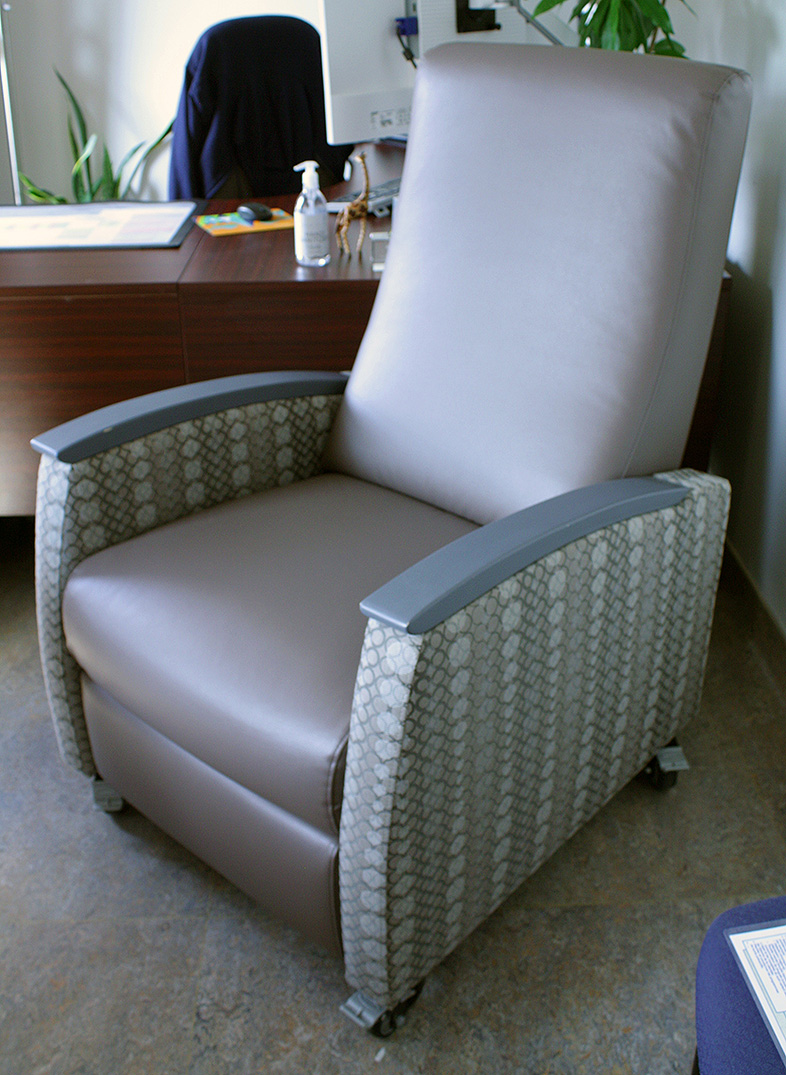
Versatility and Adaptability: Meeting Diverse Needs
One of the notable advantages of hospital recliner chairs is their versatility and adaptability to meet the diverse needs of patients in healthcare settings. Whether used in patient rooms, treatment areas, or waiting areas, recliner chairs offer a flexible seating solution that can be easily adjusted to accommodate various preferences and requirements. From providing temporary sleeping accommodations for overnight visitors to facilitating comfortable seating during medical procedures or therapy sessions, hospital recliners serve multiple purposes and can be tailored to suit the specific needs of patients and caregivers alike. This adaptability enhances the overall efficiency and effectiveness of healthcare delivery while ensuring optimal comfort and care for patients.
Aesthetic Appeal and Patient Experience: Creating a Healing Environment
Beyond their functional benefits, hospital recliner chairs also contribute to the aesthetic appeal of healthcare environments and enhance the overall patient experience. Designed with modern aesthetics and high-quality materials, recliner chairs add a touch of sophistication and comfort to hospital interiors, transforming sterile clinical spaces into inviting and welcoming environments. The availability of customizable options, such as fabric choices, colors, and finishes, allows hospitals to create cohesive and visually appealing seating arrangements that complement their interior design scheme and reflect their brand identity. By creating a more pleasant and calming atmosphere, hospital recliner chairs contribute to a positive patient experience and promote feelings of comfort, security, and well-being.
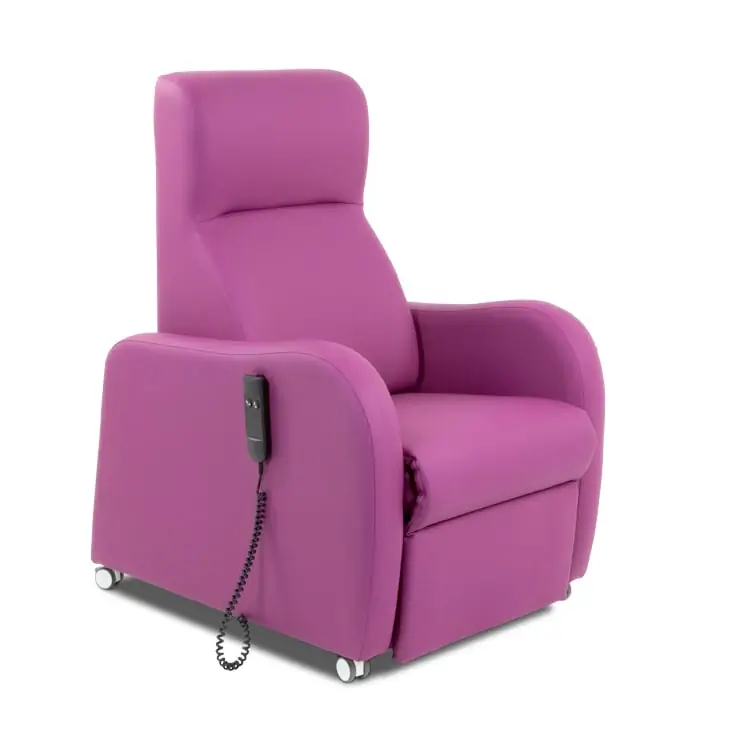
Innovations in Patient-Centered Design: Technology Integration
As healthcare technology continues to advance, hospital recliner chairs have evolved to incorporate innovative features that further enhance the patient experience. Modern recliner chairs may come equipped with built-in USB ports for charging electronic devices, integrated entertainment systems for streaming music or movies, and adjustable lighting options to create a personalized ambiance. These technological enhancements not only provide patients with added convenience and entertainment but also promote relaxation and distraction during their hospital stay. By seamlessly integrating technology into the design of recliner chairs, healthcare facilities can cater to the diverse needs and preferences of patients while fostering a healing environment that promotes comfort and well-being.
Supporting Patient Safety and Clinical Care: Medical-grade Materials and Design
In addition to prioritizing patient comfort, hospital recliner chairs are designed with patient safety and clinical care in mind. High-quality, medical-grade materials are used to ensure durability, cleanliness, and infection control, meeting stringent healthcare standards and regulations. Recliner chairs may feature antimicrobial upholstery, easy-to-clean surfaces, and removable cushions for thorough sanitization, minimizing the risk of cross-contamination and promoting a hygienic environment. Furthermore, ergonomic design elements, such as adjustable headrests, lumbar support, and locking mechanisms, provide patients with stability and support during medical procedures or therapeutic interventions. By prioritizing patient safety and clinical care, hospital recliner chairs serve as an essential component of comprehensive healthcare delivery, facilitating optimal outcomes and patient satisfaction.
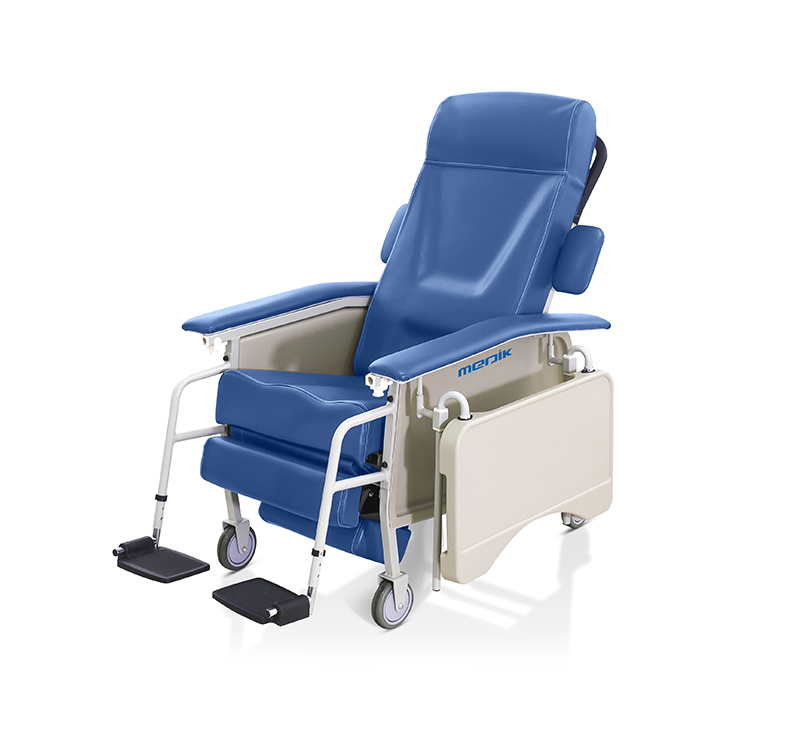
Environmental Sustainability: Eco-friendly Design and Manufacturing Practices
In response to growing concerns about environmental sustainability, hospital recliner chairs are increasingly designed and manufactured using eco-friendly materials and practices. Sustainable sourcing of raw materials, energy-efficient manufacturing processes, and recyclable components are integral considerations in the production of recliner chairs, reducing environmental impact and promoting sustainability across the healthcare industry. Additionally, hospitals may opt for certified green building standards and sustainable procurement policies to ensure that their furniture selections align with their commitment to environmental stewardship. By choosing eco-friendly recliner chairs, healthcare facilities can reduce their carbon footprint, conserve natural resources, and contribute to the health and well-being of both patients and the planet.
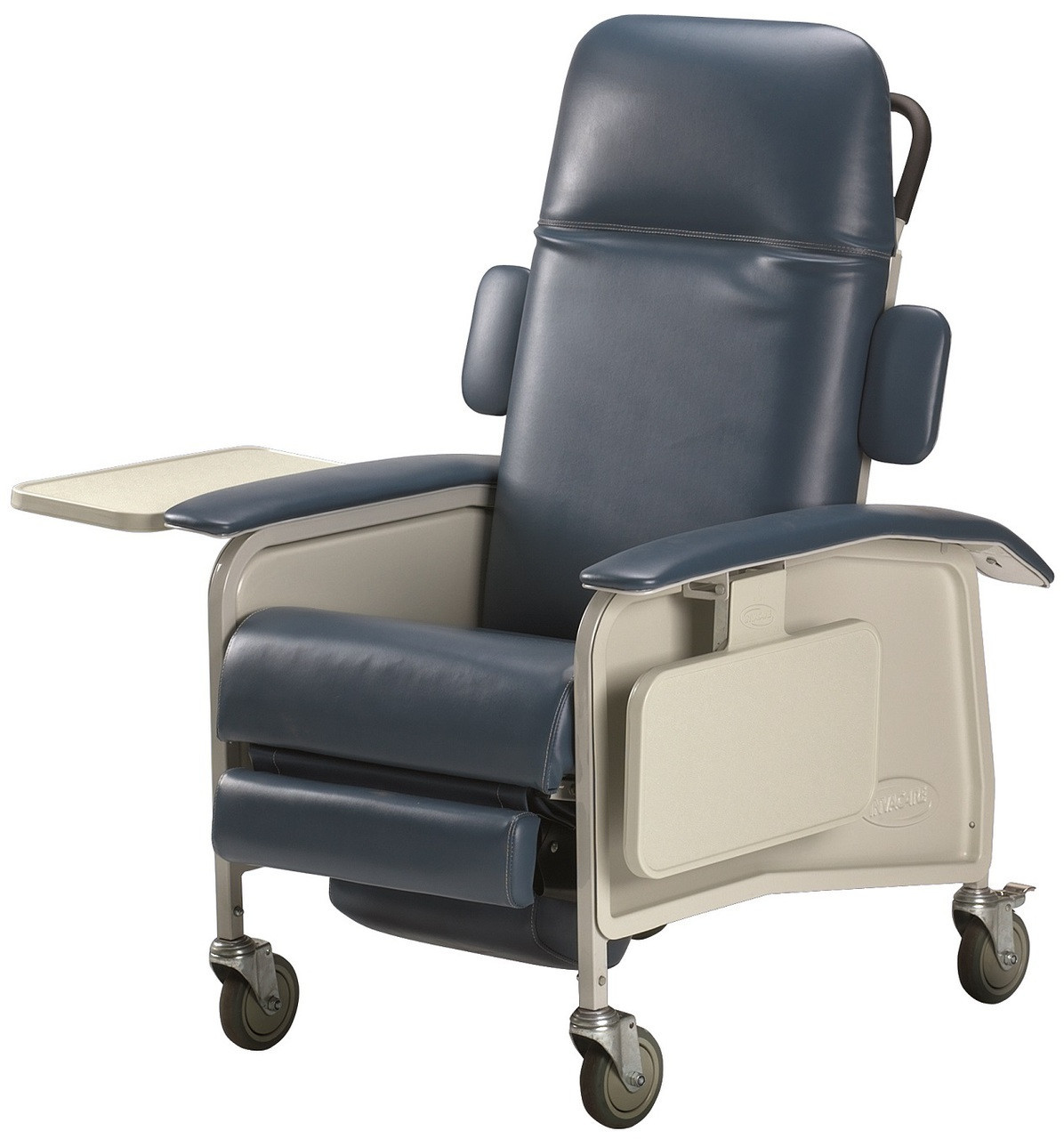
Conclusion: Enhancing Comfort, Care, and Healing
In conclusion, hospital recliner chairs play a vital role in enhancing comfort, care, and healing in healthcare settings. From providing restful retreats for patients to offering support and convenience for caregivers, recliner chairs offer a host of benefits that contribute to the overall well-being of individuals receiving care. By promoting mobility, independence, and accessibility, recliner chairs empower patients to actively participate in their recovery process and maintain a sense of dignity and autonomy. With their versatility, adaptability, and aesthetic appeal, hospital recliner chairs contribute to the creation of healing environments that prioritize patient comfort and support holistic healing. As healthcare continues to evolve, hospital recliner chairs remain an essential component of patient-centered care, ensuring that comfort and care remain at the forefront of healthcare delivery.
